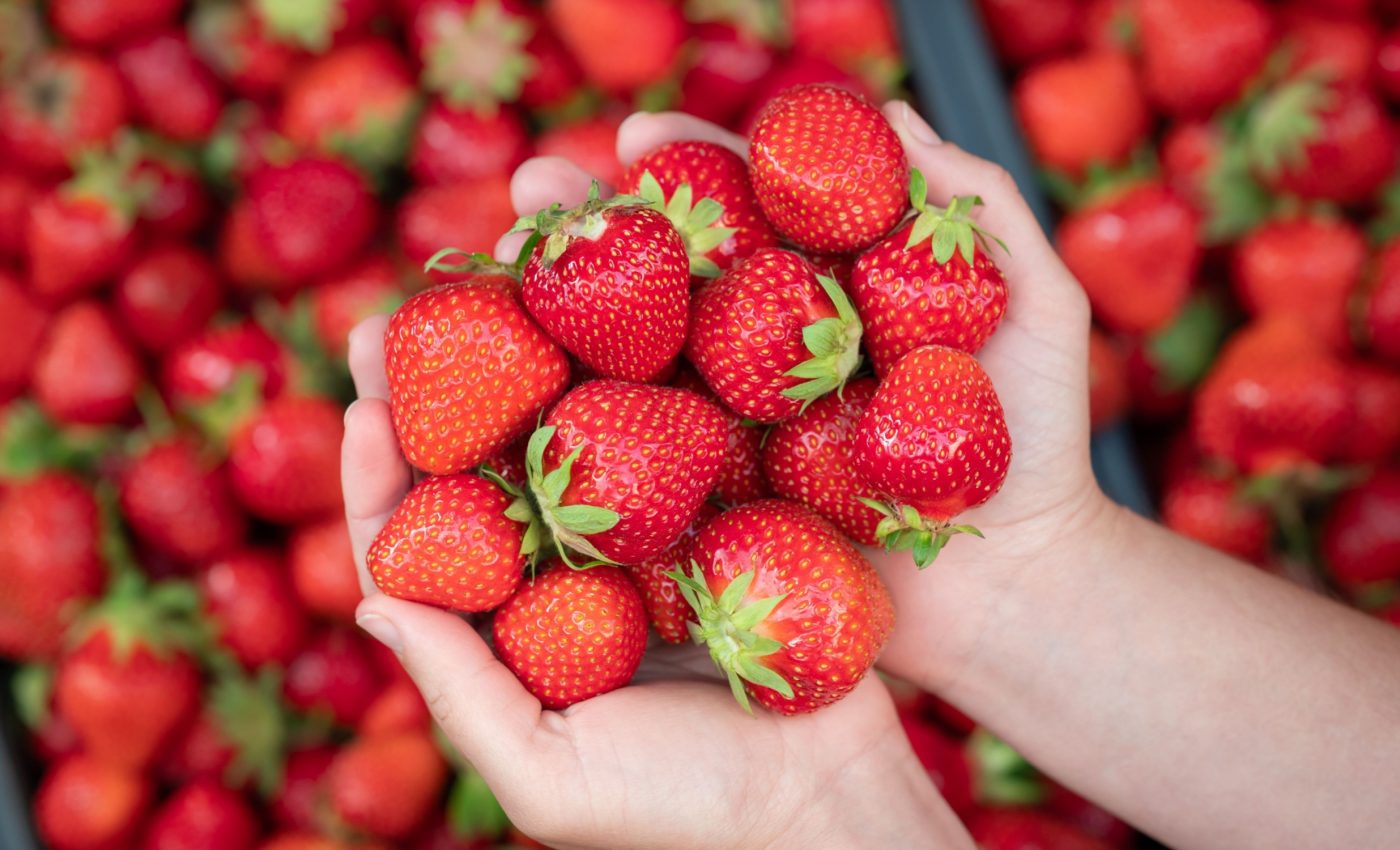
Strawberries of the future will be even more healthy and delicious
Strawberries are undoubtedly one of the most beloved berries in the world. Their tantalizing flavors and health-enriching ingredients are due to complex biochemical compounds, or as scientists call them, biomarkers.
Previous identification of such compounds required the expertise of seasoned scientists and complex analysis.
However, recent advancements in technology have revolutionized the process of identifying biomarkers, making it more accessible and efficient.
This high-tech approach will ultimately make it possible to produce strawberry varieties that are not only delicious, but also as rich in nutrients as possible.
A deep dive into the world of strawberries
In a breakthrough study, scientists from TU Bergakademie Freiberg, along with experts from Serbia, conducted a thorough analysis of various strawberry varieties using ultra-high resolution mass spectrometry.
The team scrutinized how biomarkers are distributed within the fruit. This analysis led them to a significant discovery – most of the biomarkers are concentrated in the strawberries’ red skin.
“Sensory experience in humans is principally driven by sugars and organic acids in a combined effect with volatile/aroma compounds providing the final perception,” wrote the researchers. “Fruit taste quality is often related to internal attributes, primarily the concentration of individual sugars and their ratio.”
Potent antioxidant in strawberry skin
A crucial discovery was the identification of a biomarker named pelargonidin-3-O-malonyglucoside within the strawberry skin, explained Dr. Jan Zuber, a research associate at the Institute of Analytical Chemistry at TU Bergakademie Freiberg.
This compound boasts antioxidant effects, binding free radicals in the human body, thereby exhibiting anti-inflammatory and vasoprotective benefits.
The sweetness behind the taste
The strawberry varieties possessed other biomarkers as well, including organic acids like citric acid, or sugars such as glucose.
The flavor and nutritional quality of a strawberry variety are largely determined by the concentration and ratio of these biomarkers, the majority of which are located within the skin.
Highly innovative research method
You might be curious about how these scientists managed to precisely detect the biomarker concentration within the fruit.
The answer lies within a high-tech tool known as the ultra-high-resolution mass spectrometer. This device is used to inspect thin slices of strawberries.
The biomarkers are first transformed into charged particles or ions via a laser and are subsequently separated based on their mass and charge number.
With this highly innovative approach, the researchers were able to differentiate between various biomarkers with masses differing only at the sixth decimal place.
The findings were represented by a colored image of the strawberry slice’s measured signals, which revealed a high concentration of taste and quality relevant biomarkers within the skin.
Strawberry breeding with precision
Using this method, the researchers examined 25 new strawberry varieties. This new understanding of the location and concentration of biomarkers can guide strawberry breeding efforts, focusing on high-yielding and nutrient-rich varieties.
The strawberry slice used for analysis is incredibly thin, only a few micrometers in thickness. It is prepared for measurement in the mass spectrometer using a specialized cutting device known as a cryo-microtome.
The thin disk is then coated with a UV-active matrix essential for turning the biomarkers into corresponding ions.
A measurement grid is placed over this sample, with each point set to be excited by the mass spectrometer’s laser.
The resulting ions are detected and any minute differences in mass between the ions can be detected and used for differentiation.
The final step is the evaluation and visualization of the information using distribution images that reveal where certain biomarkers can be found within the thin sections.
Food science and agriculture
This innovative approach to analyzing strawberries’ biochemical composition has far-reaching implications beyond just breeding new varieties. It opens up potential advancements in food science and agriculture.
By understanding the precise distribution and concentration of beneficial biomarkers, researchers can explore methods to enhance the nutrient profiles of various fruits and vegetables. This could lead to producing foods with higher antioxidant levels, better flavors, and improved health benefits.
Furthermore, this technology can be extended to other crops, helping to improve food security and nutritional quality on a global scale.
The knowledge gained from such studies could also assist in developing targeted agricultural practices that optimize the growth conditions and yield of nutrient-dense crops.
The study is published in the journal Wiley Analytical Science.
—–
Like what you read? Subscribe to our newsletter for engaging articles, exclusive content, and the latest updates.
Check us out on EarthSnap, a free app brought to you by Eric Ralls and Earth.com.
—–













